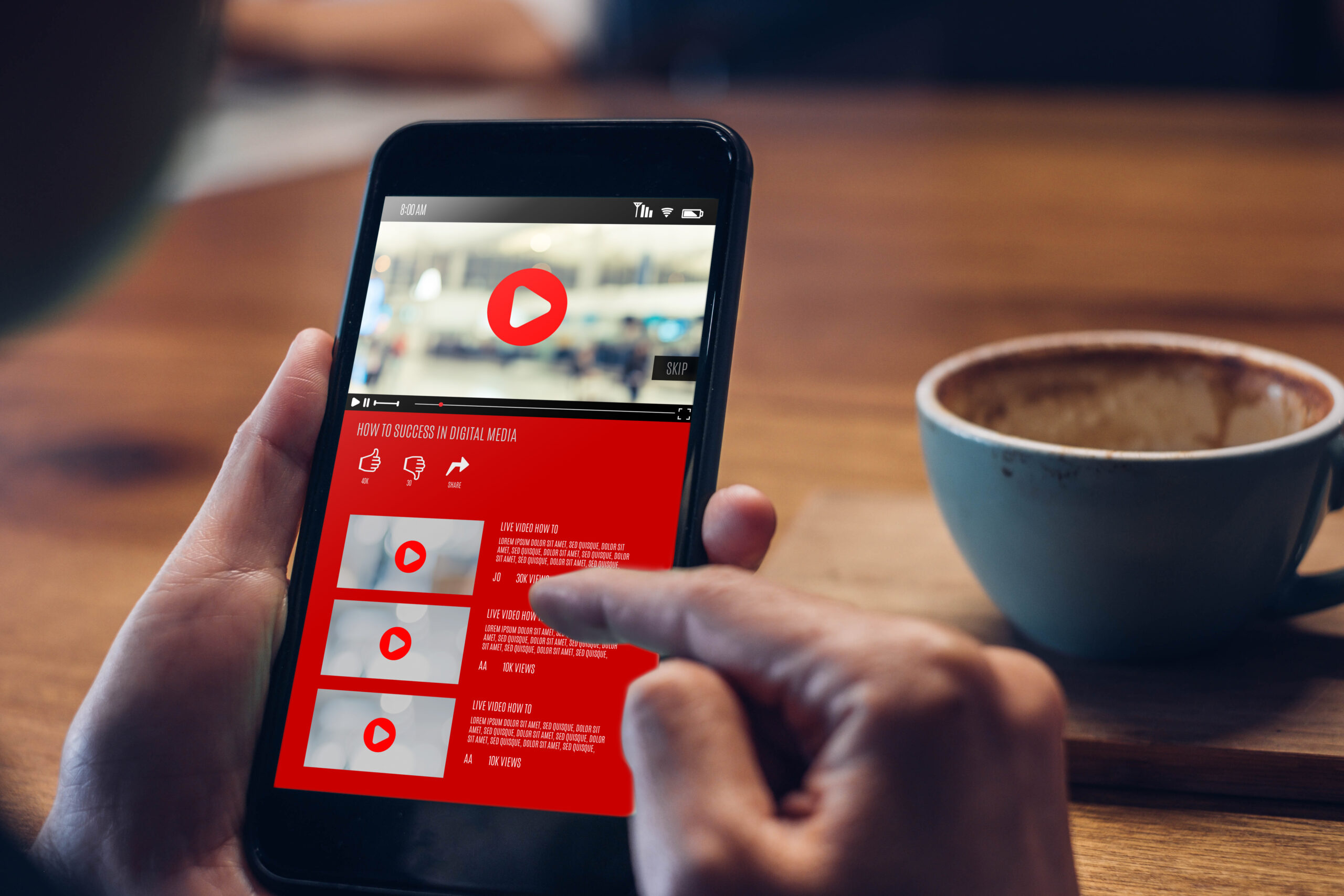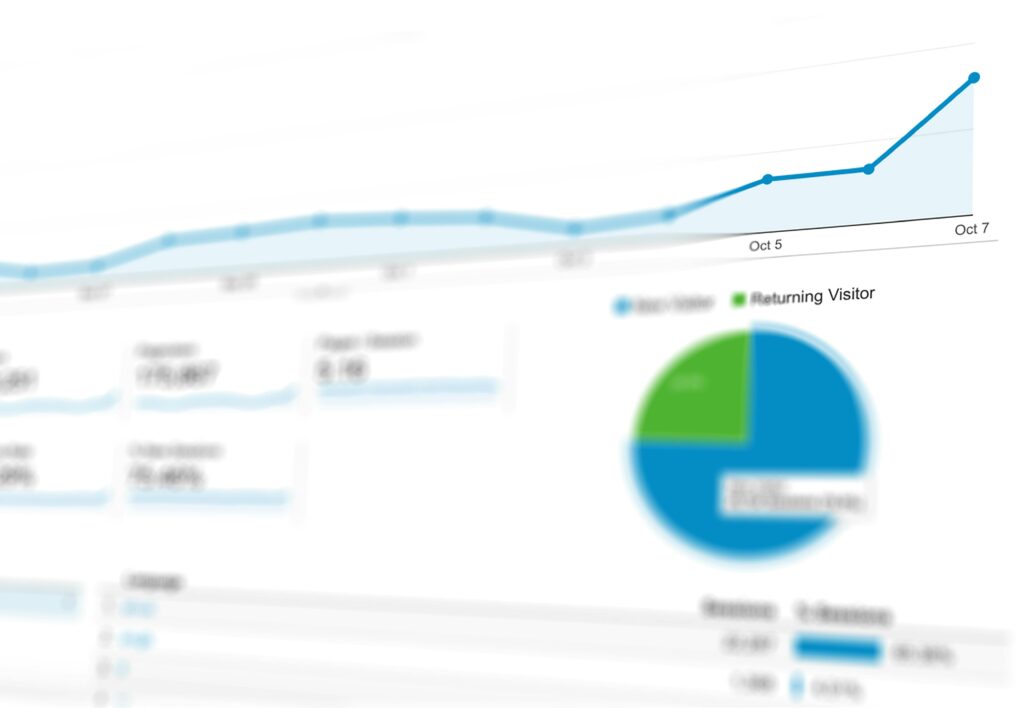Reach, Frequency, and Saturation in Programmatic Ads: A Guide to Maximizing Results with Ace Strategies
Within the ever evolving world of digital marketing, programmatic display, over the top and connected TV advertising has emerged as a game-changer for brands around the world. It has completely disrupted the Programmatic landscape. By leveraging data-driven strategies and automated technology, businesses can target their ideal audience with precision and efficiency. However, to truly unlock the potential of programmatic ads, marketers must understand a few critical concepts: reach, frequency, saturation, ad fatigue and tracking. These concepts are the backbone of any successful campaign, and when executed correctly, they can drive remarkable results.
In this article, we’ll dive deep into the importance of reach, frequency, saturation, ad fatigue and tracking in the programmatic landscape. We’ll address how to overcome these concepts as well as demonstrate how partnering with Ace Strategies can help you achieve unparalleled success in the realm of programmatic advertising.
Understanding Reach, Frequency, and Saturation
Before we explore how to optimize these elements, let’s define what they mean in the context of programmatic display ads:
Reach: This refers to the total number of unique users who see your ad. A high reach means your ad is being exposed to a wide audience, increasing brand awareness and visibility. We define unique by a different person each time the ad is viewed.
Frequency: Frequency measures how often a single user sees your ad. While repetition can reinforce your message, too much frequency can lead to ad fatigue, where users become annoyed or indifferent to your ad. Changing the ad design, copy and calls to action (CTAs) or calls to action can alleviate this.
Saturation: Saturation occurs when your ad has been shown to your target audience so frequently that additional impressions (in some cases) no longer drive significant results. It’s the point of diminishing returns in your campaign, ad design and ad copy. Saturation isn’t a bad thing, just if it’s the same message, ad design and calls to action. Having multiple campaigns ready to activate is key to avoiding ad fatigue.
Balancing these three elements is crucial for maximizing the effectiveness of your programmatic display ads. Here we’ll explore how to do that. Running strong campaigns are the only way to compete in the programmatic landscape.
Tips for Optimizing Reach, Frequency, and Saturation
1. Leverage Data to Define Your Target Audience
One of the most powerful aspects of programmatic advertising is its ability to use data to target specific audiences. Programmatic advertising allows you to pinpoint your ideal consumer with precision, ensuring your message reaches the right people at the right time, in the right places, i.e. on websites, in apps, on connected & streaming tv and on streaming radio such as Pandora & Spotify.
To maximize reach, start by defining your target audience using demographic, geographic, behavioral, and psychographic data. Use tools like audience segmentation and lookalike modeling to expand your reach to users who share characteristics with your existing customers. Audiences can be defined
Pro Tip: Regularly update your audience data to ensure your targeting remains relevant and effective.
2. Create Frequency Caps to Avoid Ad Fatigue
While it’s tempting to bombard your audience with your ad to ensure they remember your brand, overexposure can backfire. Setting frequency caps—limits on how many times a single user sees your ad—can help you strike the right balance. Switch up the ad creative and the messaging to hold the attention of the audience.
Testing different frequency levels to find the sweet spot that drives engagement without overwhelming your audience will vary from campaign to campaign based on the copy and the art. For example, a frequency cap of 3-5 impressions per user per week might be ideal for brand awareness campaigns, while retargeting campaigns could benefit from slightly higher frequencies. If you’re utilizing Programmatic advertising platforms these metrics are defined for you rather than manually setting or adjusting them.
Pro Tip: Monitor engagement metrics like click-through rates (CTR) and conversion rates to identify signs of ad fatigue. You can learn more about how to calculate frequency here.
3. Use Creative Rotation to Maintain Interest
Even the most compelling ad can lose its impact if users see it too often. Creative rotation—switching out ad creatives periodically—can keep your campaign fresh and engaging. Ace Marketing Strategists emphasize that “variety in your ad creatives can prevent saturation and keep your audience interested.”
Experiment with different visuals, messaging, and calls-to-action (CTAs) to see what resonates best with your audience. Dynamic creative optimization (DCO) tools can automate this process by tailoring ad content to individual users based on their preferences and behaviors. These are just a few ways to stand out in the Programmatic landscape.
Pro Tip: A/B test your creatives to determine which variations perform best and refine your strategy accordingly.
4. Monitor Campaign Performance in Real-Time
Programmatic advertising offers the advantage of real-time data and analytics. By continuously monitoring your campaign’s performance, you can make adjustments to optimize reach, frequency, and saturation. UTM codes (Urchin Tracking Modules) and Google Tag Manager can be effective at tagging the ads for tracking.
Ace Marketing Strategists highlight the importance of “using real-time insights to pivot your strategy and maximize ROI.” For example, if you notice that certain audience segments are responding better to your ads, you can allocate more budget to those segments to increase reach. Conversely, if saturation is occurring in a particular segment, you can reduce frequency or shift focus to other audiences.
Pro Tip: Use dashboards and reporting tools to track key performance indicators (KPIs) like impressions, CTR, and conversions. You should utilize Google Search Console and Google Analytics to monitor performance and see which pages have increased in traffic since activating the campaigns. You can learn more about driving traffic and SEO here as well as analytics.
5. Implement Retargeting Strategically
Retargeting is a powerful tool for re-engaging users who have previously interacted with your brand. However, it’s essential to use retargeting strategically to avoid saturation.
Ace Marketing Strategists suggest “segmenting your retargeting audience based on their level of engagement.” For example, users who abandoned their shopping carts might require a higher frequency of ads than those who simply visited your website. By tailoring your retargeting efforts, you can maximize the impact of your ads without overwhelming your audience.
Pro Tip: Combine retargeting with other tactics like email marketing to create a cohesive omnichannel experience.
6. Optimize for Cross-Device Reach
In today’s multi-device world, users interact with brands across smartphones, tablets, and desktops. To maximize reach, ensure your programmatic ads are optimized for all devices.
Ace Marketing Strategists advise “using cross-device targeting to deliver a seamless experience for your audience.” This approach not only increases your reach but also ensures that your message is consistent across all touchpoints.
Pro Tip: Use responsive ad designs that automatically adjust to different screen sizes and resolutions.
7. Test and Iterate
The key to success in programmatic advertising is continuous testing and iteration. Experiment with different combinations of reach, frequency, and saturation to find what works best for your campaign.
Ace Marketing Strategists emphasize that “the most successful campaigns are those that evolve based on data-driven insights.” Don’t be afraid to make adjustments as you gather more information about your audience’s behavior and preferences.
Pro Tip: Conduct regular campaign audits to identify areas for improvement and ensure your strategy remains aligned with your goals.
Why Partner with Ace Strategies?
While the tips above can help you optimize your programmatic display ads, achieving truly exceptional results requires expertise and experience. That’s where Ace Strategies comes in. As a leading marketing agency, Ace Strategies specializes in helping businesses harness the power of programmatic advertising to drive growth and achieve their objectives.
Here’s what sets Ace Strategies apart:
Data-Driven Approach: Ace Strategies leverages cutting-edge technology and advanced analytics to create highly targeted campaigns that deliver measurable results.
Customized Solutions: Every business is unique, and Ace Strategies tailors its strategies to meet your specific needs and goals.
Proven Track Record: With a history of successful campaigns across various industries and political campaigns, Ace Strategies has the expertise to help you succeed.
Ongoing Support: From campaign setup to optimization, Ace Strategies provides continuous support to ensure your ads perform at their best.
By partnering with Ace Strategies, you can unlock the full potential of programmatic display advertising and achieve the reach, frequency, and saturation that drive real business outcomes.
Ready to Transform Your Advertising Strategy?
Programmatic display advertising offers unparalleled opportunities to connect with your target audience and achieve your marketing goals. By understanding and optimizing reach, frequency, and saturation, you can create campaigns that resonate with your audience and deliver exceptional results.
But why navigate this complex landscape alone? Let Ace Strategies be your guide. With their expertise and proven strategies, you can take your programmatic advertising to the next level and achieve the success you’ve been dreaming of.
Don’t wait—contact Ace Strategies today and start transforming your advertising strategy. Your audience is out there, and with the right approach, you can reach them, engage them, and turn them into loyal customers. Let’s make it happen together.
You can learn more about Programmatic media services here.





